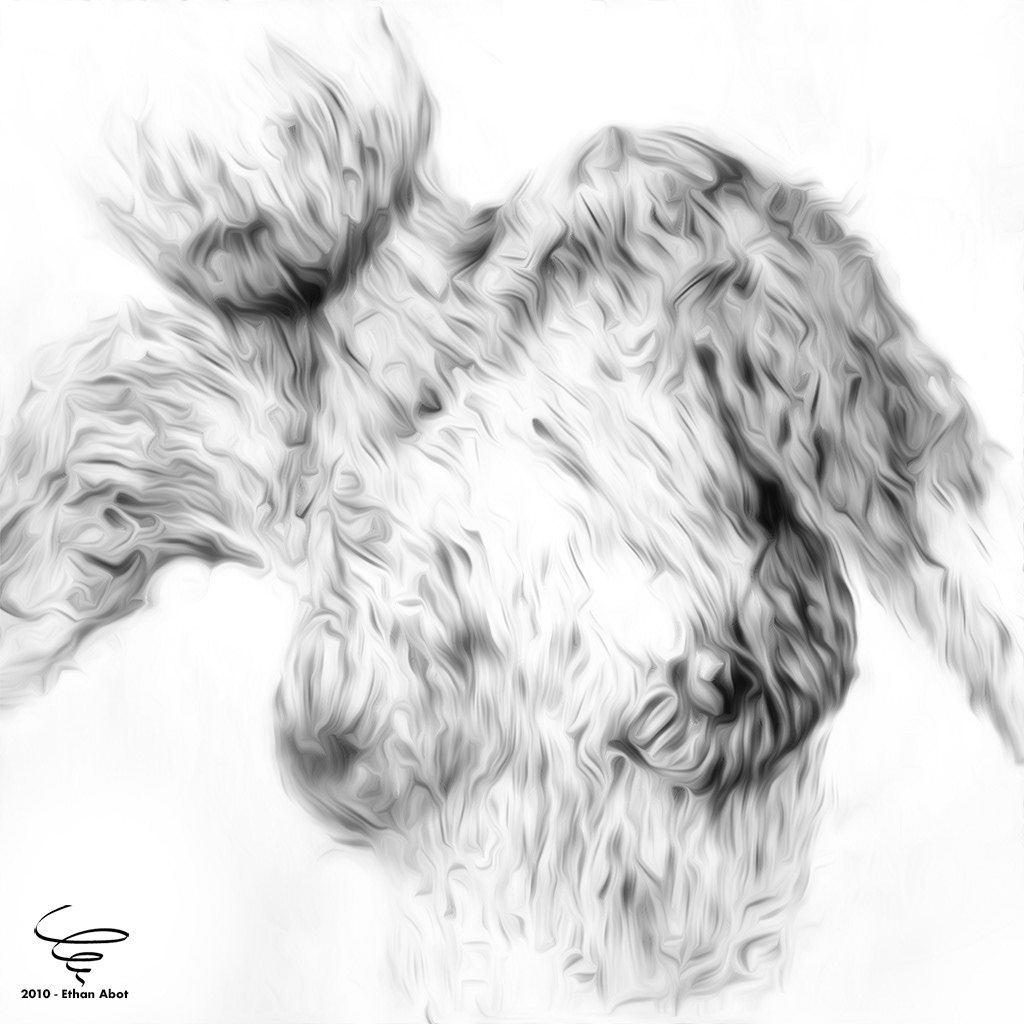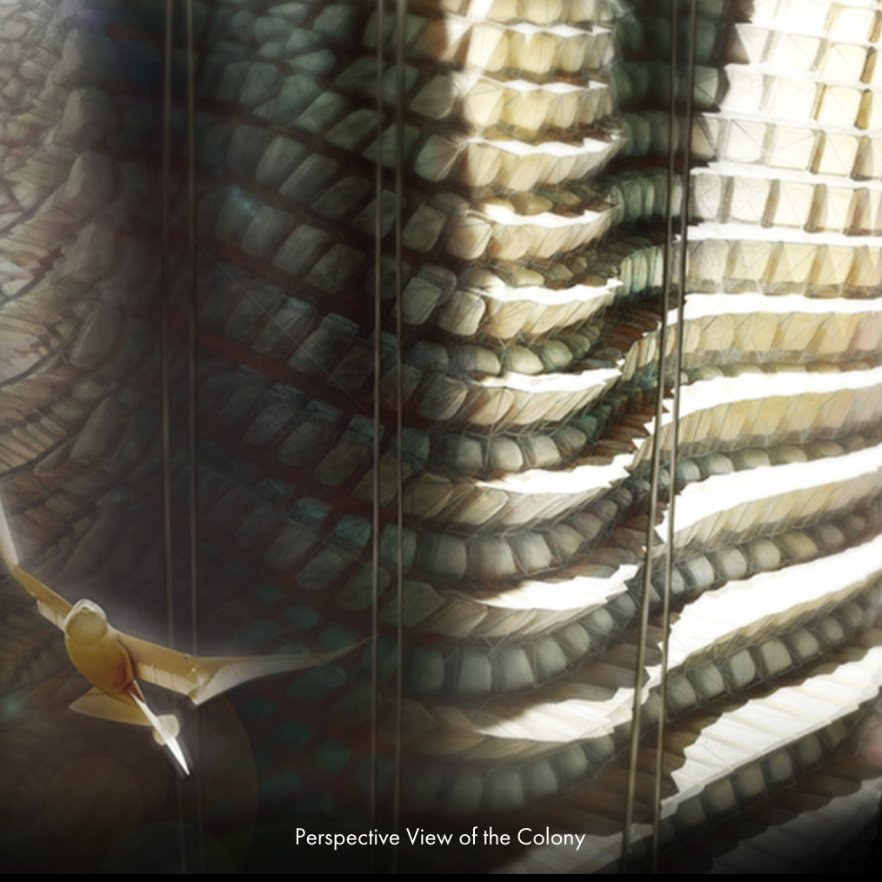Architecture has been left behind in the technological race of the digital age and needs to catch up. The use of fabrication technologies, physical computing, and new ecological advancements can help to create a more active and interactive form of architecture. By using machine learning, it is possible to create a system of form generation that can respond to stimuli, learn from its surroundings, and evolve over time. This could lead to a new form of organic design, where architecture is more fluid and dynamic, and behaves like a living organism. Material Ecology is an emerging field in design that investigates the relations between products, buildings, systems, and their environments, and is an important aspect of this research. The computation ability required for these systems can vary greatly, from mechanical pieces controlled by a microcontroller to natural cellular structures with a nervous system. Additive manufacturing, material reinforcements, and nano-scale configurations of materials are some of the recent developments that are helping to push this kind of materiality forward.









